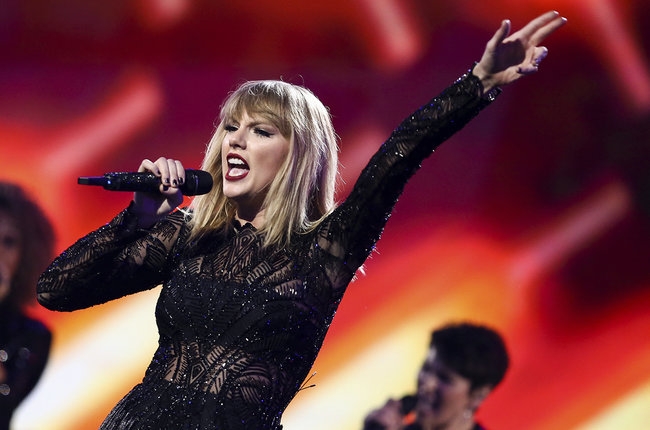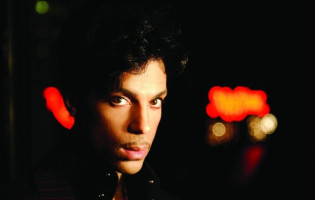When Taylor Swift’s entire back catalog returned to streaming services including Spotify, Pandora, Tidal and Amazon on June 8 (it was already on the subscription-only Apple Music), she posted a note on her Taylor Nation Instagram account saying the move was in “celebration” of her album 1989 selling over 10 million albums worldwide and hitting the RIAA’s 100 million song certification milestone.
In November 2014, however, when she decided to remove her catalog from Spotify, Swift's record label Big Machine wrote in a blog post, "We believe fans should be able to listen to music wherever and whenever they want, and that artists have an absolute right to be paid for their work and protected from piracy."
The issue of piracy hasn't changed since that post was written nearly three years ago but the streaming market has. At the time Spotify was paying $0.0009, or one-seventh the rate that its premium subscriber tier paid, which is $0.0063. Swift also enjoyed the benefit of physical sales, so she didn't want her album to appear on the ad-sponsored tier, but was okay with it appearing on the paid Spotify tier. That way her sales and premium plays, and thus the overall revenue and her royalties, wouldn't be cannibalized by the much lower paying ad-sponsored tier.
Spotify wouldn't accommodate her and wanted the album on both tiers because they insisted that their business model was to use the free tier to attract users that they could then convert to a paid tier. Now, however, that her albums have their best sales days behind them--until perhaps a new album comes out--it makes perfect sense to let her albums appear on the streaming sites, since she doesn't have to worry about the low-paying ad-tier hurting potential sales; or potential streams from Spotify's paid tier.
Another incentive in putting her catalog back on Spotify is that the paid tier is now generating much more streams than the free tier which available directional data demonstrates. Streaming services revenue in 2016 grew a massive 68.5 percent to $3.93 billion, up from $2.33 billion in 2015 and became the primary driver of recorded-music income.
According to Nielsen Music, on-demand audio streams of songs from Swift's catalog totaled 51.53 million in the U.S. last week, up 608 percent from the 7.3 million streams accumulated in the prior week. That means that, according to Billboard estimates, streams of Swift's songs generated about $310,000 in revenue in their first week of availability, compared to around $44,000 in revenue the week prior, based on an average blended per-stream audio-on-demand rate of $0.0063. Although, neither estimate is discounted for whatever amount of streams are from Spotify's lower paying ad-supported tier, which nowadays has a slightly better rate of about $0.0015 per streams.
How much Swift herself would receive from that $354,000 depends on her deal with her label Big Machine.
Meanwhile, the publishing royalties generated from the streams would total a little more than $64,000, up from about $9,000 in the prior week. That revenue would be divided among Swift and her co-writers and their publishers depending on their pro-rata shares of the plays on the songs each writer was affiliated with.
That would put Swift’s catalog’s total U.S. haul since releasing her five albums on June 8 to all streaming services at $418,000, which by itself is reason enough for the return.








